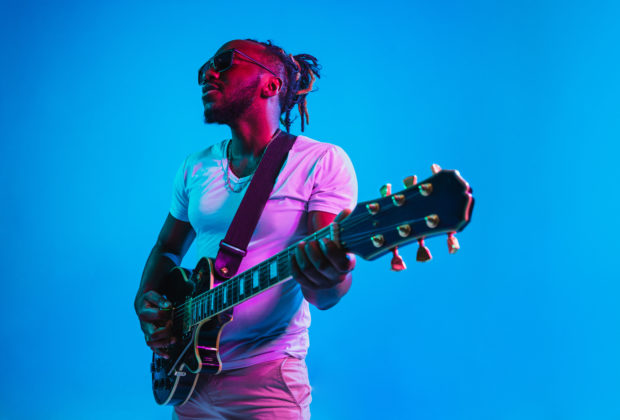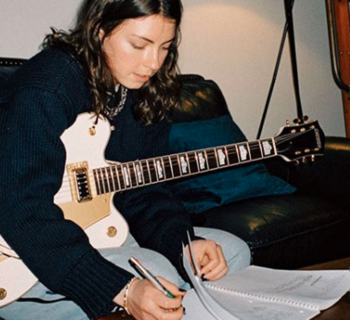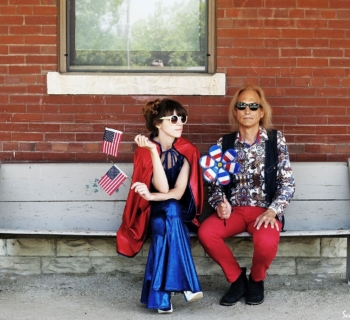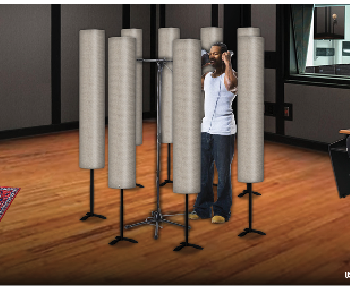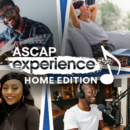As the music industry’s leading companies continue consolidating through mergers and acquisitions that bring record production, artist management, music publishing, and marketing all under one umbrella, independent artists must not only keep eyes on the technologies that change the game to their favor, but also how the adverse effects correspond to the majors “muscling up.”
Less than 20 years ago, there were six major record companies: BMG, EMI, MCA, PolyGram, Sony, and Warner; however, industry consolidation has reshaped the majors into the three currently standing: Sony Music Entertainment, Universal Music Group, and Warner Music Group.
Is it safe to conclude that as music sales have eroded from almost $30 billion globally in 1999 to about $15 billion in 2016, that major record companies (i.e., labels) as we’ve known them are rapidly becoming extinct or irrelevant?
Jon Wexler, head of global entertainment and influencer marketing for Adidas seems to think so, going as far as telling Uli Reese in an October 2016 LinkedIn interview. In fact, Wexler envisions a music industry within five to 10 years whereby brands (such as Adidas, Nike, Coca Cola, and other big spenders on music) actually become the new record labels, and therefrom introduce new platforms for artists to get their music out.
Fast forward 20 months later (June 2018) to Spotify entering into direct deals with artists to license music to its streaming platform. On its face, this is a huge bonanza for independent artists, particularly because Spotify’s deals with major record companies prohibit it from doing business as a “record-label”...in other words, entering into direct competition with its most noteworthy content suppliers. As most artists, and even producers, clamor for Spotify advances, questions arise as to the criteria Spotify uses to determine who gets backing and how much.
According to Billboard, Spotify isn’t buying the copyrights that form the core of the labels’ businesses, and the advances Spotify is offering are significantly smaller than the $1 million-plus sums that labels and independent distributors (???) have been dangling lately to sign promising new acts. But Spotify’s terms are still attractive, some say because they only apply to Spotify: the deals permit artists and managers to license the same works to other platforms under separate agreements, while retaining full revenue from any such outside deals.”
Expect major record companies to keep the most relevant streaming services from competing as “record labels” as long as possible. In fact, it wouldn’t surprise to see efforts to stymie direct deals for indie artists. Meanwhile, how can independent artists take advantage of this bonanza?
Independent music artists can take advantage of game-changing industry developments simply by being more visionary and strategic. Thinking more like a brand goes a long way in being more strategic, particularly where being signed to a major label versus operating your own label is concerned. With a more strategic mindset, there are four areas indie artists must pay close attention to if they intend to maximize Spotify’s direct deals for licensing their music, as follows:
• Growing and monetizing social media
• Raising capital/accelerating cash-flow
• New distribution channels
• Sponsorships/strategic partnerships
Growing and Monetizing Social Media
Brand-focused artists will never have too many social media followers or too much fan engagement; however, gaining more followers strategically is more about “aggregating” them than “earning” them. As high-powered content creators, music makers’ value proposition to brands of all types and sizes is significant and monetizable in ways too many artists have yet to grasp. For example, if given the chance, most indie artists would jump at the opportunity to collaborate with a global brand such as Adidas; but do they truly know the strengths and opportunities of such an alliance?
Gaining access to Adidas’ vast social following and email subscribers is huge, but only when duplicated and multiplied across other brand platforms...hundreds to thousands of times over!
Raising Capital/Accelerating Cash-Flow
For brand-focused artists, the ABC’s of raising capital is to “always be closing.” More specifically, they must generate revenues that bring in the capital essential to establishing and sustaining independence long-term.
Because music’s value proposition to record labels (income/market share) is vastly different than to brands such as Adidas (ancillary/strategic) and even to Spotify, indie music artists functioning as high-profile content creators are optimally positioned to maximize strategic dollars (incoming) without yielding equity in or control of their music.
New Distribution Channels
In the same LinkedIn article, Adidas’ Wexler speaks of wearable technology as new platforms for artists to distribute their music. As futuristic as it sounds, it is not outside indie artists’ reach to connect with Adidas or another major brand with a huge presence in the music space. In any event, indie artists choosing to pursue the exact same channels major label artists use are wasting precious resources, particularly when the majors are spending more money supporting more artists than indies do. Instead, indie artists should be building (or partnering into) proprietary distribution channels, particularly those that enable them to establish “first dollar” positioning to incoming revenues...because cash-flow truly is king!
Sponsorships/Strategic Partnerships
With major brands typically looking for proven hit-makers to allocate sponsorship support to, how do indie music artists get on their radar?
Beyond making hits, demonstrating ability to engage requisite demographics, and producing amazing content, indie music artists seeking big brand backing should first partner with smaller, local companies, including retailers, brands, and even startups when possible. Therein lies a wealth of opportunities to infuse high-profile content creation into their marketing mix in exchange for aggregating significant reach through social media networking, which also includes email newsletter integration. In doing so, brand-focused artists also produce a wealth of data that companies such as Adidas expect and respect, and more importantly, it expands the artist’s ability to convey “win-win” to key stakeholders, thereby separating those who do from those who do not.
In summary, when leading brand executives passionately muse about the day when artists no longer need record labels, and leading streaming platforms provide cash in direct licensing deals with indie artists, it is time for artists to become more strategic in their approach to building their brand, their team, and ultimately, their partnerships. The four-point approach highlighted in this article not only positions indie artists to prove their viability to a host of prospective partners, but also to neutralize the adverse effects technology persistently imposes upon the industry. From major brands’ perspective, this four-point approach infuses depth and vitality into opportunities to partner with artists; whereas, from the Spotify perspective of doing direct deals with indie artists, this approach goes a long way to ensuring that the artists they back remain independent, and thus, accessible.
JEFFERY LAKES is the founder and CEO of CardsCashRewards.com. Based in Los Angeles, CA, CardsCashRewards.com develops products and solutions powered by gift card technology for indie artists to market and monetize their music. For more info, please visit: cardscashrewards.com.

